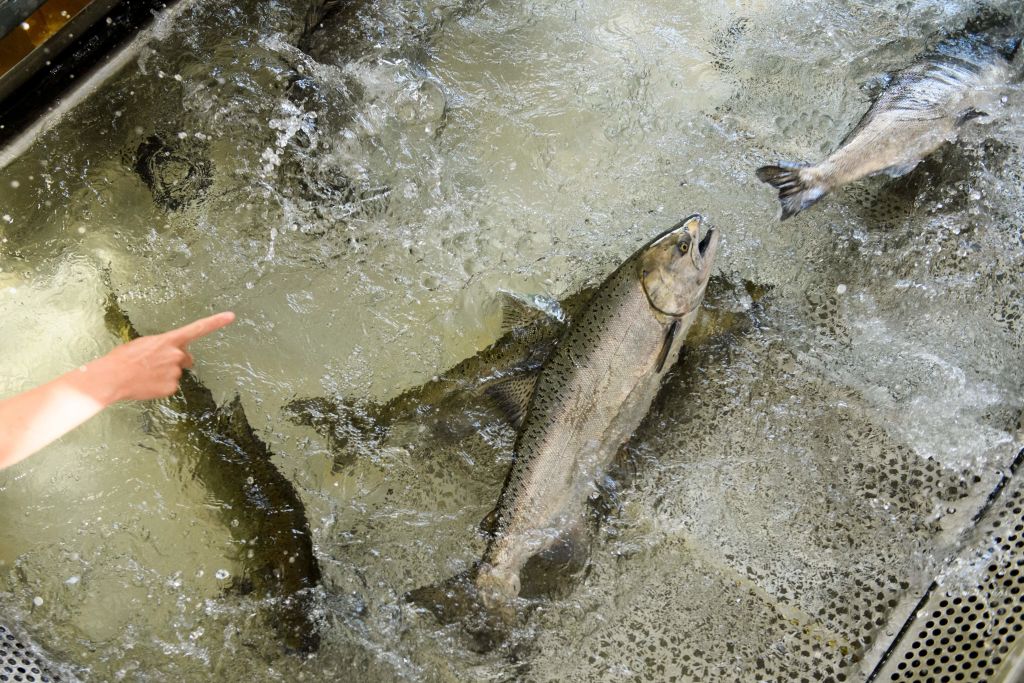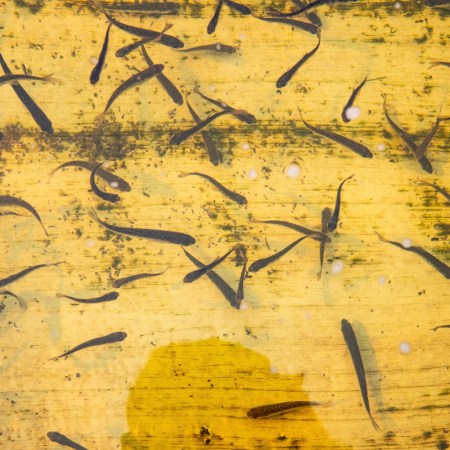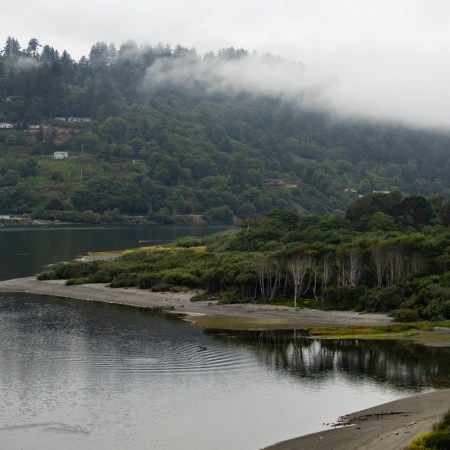In a normal year, young salmon in the western United States would make their way across local waterways en route to the sea for their annual migration. Unfortunately, this is not a normal year — in states like California, drought has caused several waterways that the fish would normally use on their way to dry up. What happens when fish can’t get where they’re going? Well, that’s when the state steps in with a number of four-wheeled videos. Call it public transit for fish, perhaps. (Or, in the parlance of startup funders, “Uber for migrating fish.”)
A new article at The Guardian explores state efforts to get the salmon where they need to go — and not, assumably, suffer a massive blow to the region’s ecosystem. In California, this process includes tanker trucks that convey the salmon between 50 and 100 miles towards their destination. It’s an effort that will ultimately transport 17,000,000 fish.
According to hatchery supervisor Jason Julienne, the process of moving the young salmon is one that takes into account 15 years of experience moving the fish. All told, 146 trucks are being used for the effort, which covers the months of April through June. The reasons for this are both environmental and economic — salmon are a substantial part of California’s economy, from agriculture to tourism. It’s an unexpected solution to a problem that, worryingly, looks more serious with each passing year.
Thanks for reading InsideHook. Sign up for our daily newsletter and be in the know.


















